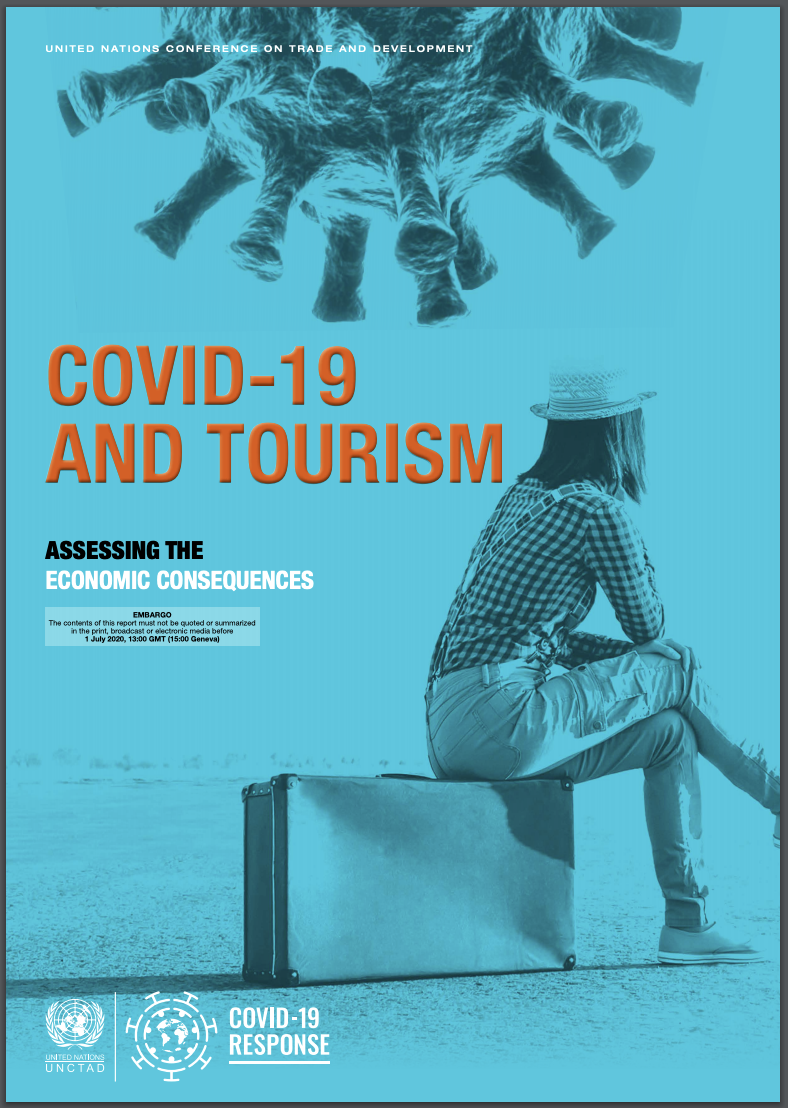By June 2020, COVID-19 infected over 10 million people and caused the deaths of over 500,000 worldwide (WHO1 ). Globally, the spread shows no sign of abating. Although daily cases in Europe and Western Pacific are declining, they are increasing in the Americas, South East Asia and Africa. In response, most countries have closed their borders to visitors and tourists. The UN World Tourism Organization2 reported during the second quarter of 2020 for the first time ever that 100 per cent of global destinations introduced travel restrictions. As a result, international tourism has been almost totally suspended, and domestic tourism curtailed by lockdown conditions imposed in many countries. Although some destinations have started slowly to open up, many are afraid of international travel or cannot afford it due to the economic crisis.
Tourism is a critical sector of the international economy. In 2019, the tourism sector accounted for 29 per cent of the world’s services exports and about 300 million jobs globally.3 It is an important source of income and employment for developed and developing countries.
The global contraction in tourism arrivals could have devastating economic consequences as some developing countries are highly dependent on tourism. In some countries, such as several small island developing states (SIDS), tourism accounts for more than half of the GDP.
This paper focuses on the potential economic effects of the halt of tourism, in the short and medium term, in the major tourist destinations as well as in those countries highly dependent on tourism (as a share of GDP). In this context, special attention is placed on developing countries where the prosperity of some communities can be seriously compromised by the fall of tourism revenues. The paper considers three different scenarios to quantify the impact of the reduction in global tourism on country incomes, trade and employment using a general equilibrium model which captures the backward and forward linkages between sectors. The paper concludes with policy implications.

